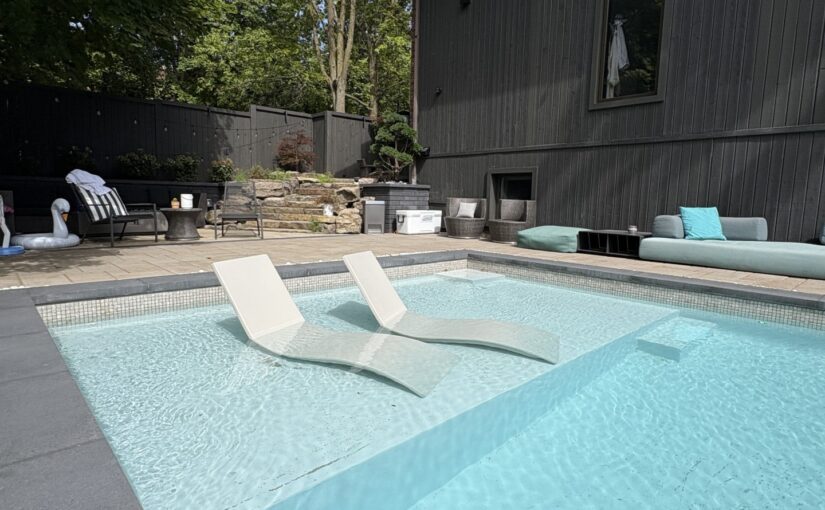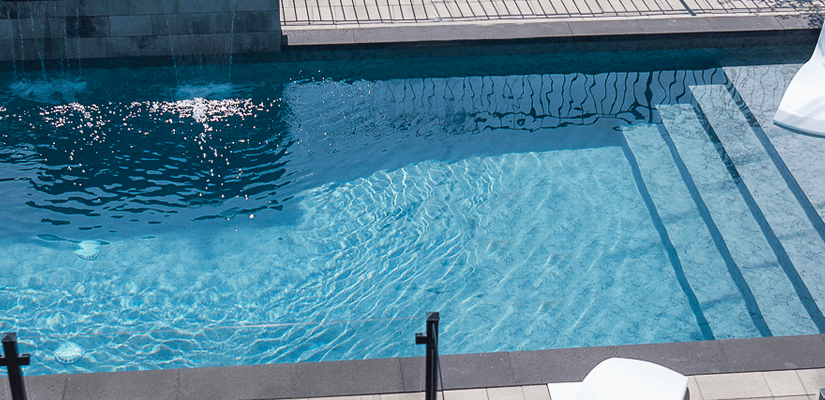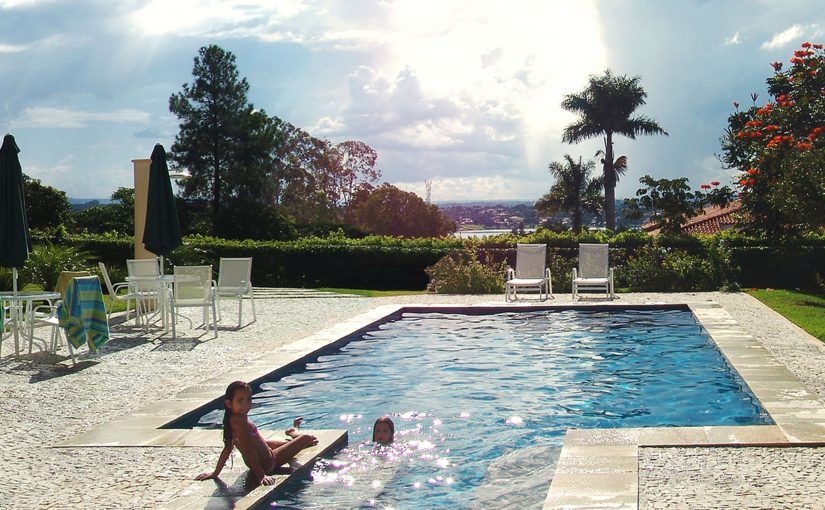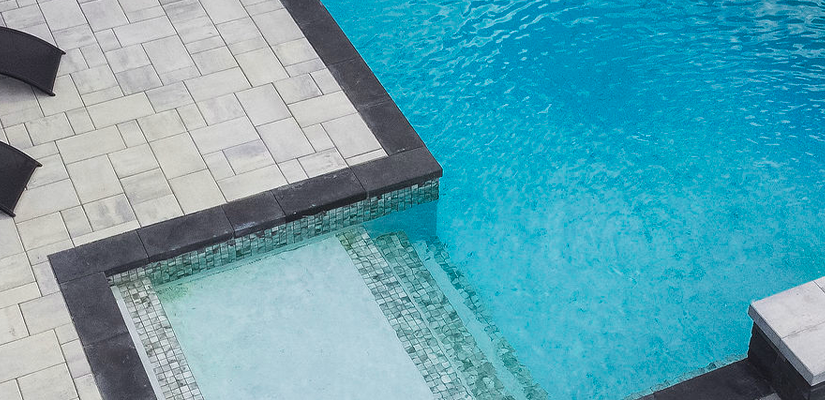Our
blog
Black Algae in Inground Concrete Pools: Causes, Dangers, and Solutions
25 March 2025
Black Algae in Inground Concrete Pools: Causes, Dangers, and Solutions
Owners of inground concrete pools in Quebec may sometimes be faced with a stubborn problem: black algae. Unlike other types of algae, these are particularly resistant and difficult to eliminate. In this article, we will explore the causes of their appearance, the risks they represent, and effective solutions to get rid of them.
What is black algae?
Black algae are a form of cyanobacteria that thrive in humid, nutrient-rich environments. They appear as dark spots on the walls and bottom of concrete pools. Thanks to their thick protective membrane, they resist conventional treatments and anchor themselves deeply into the porous surfaces of the concrete.
Why do they appear?
Several factors can contribute to the appearance of black algae in an in-ground pool:
- Lack of regular maintenance: Insufficient disinfection and poor water chemistry allow algae to proliferate.
- Stagnant water and poor circulation: Inadequate water circulation prevents chemicals from reaching certain areas.
- Ineffective filtration: A clogged or poorly maintained filter does not properly retain impurities and allows algae to develop.
- Presence of organic matter: Debris, leaves and residue in the pool provide nutrients to algae.
- Incorrect pH and chlorine levels: An incorrectly adjusted pH and a chlorine level that is too low reduce the effectiveness of disinfectant treatments.
Risks associated with black algae
Although these algae are mainly an aesthetic problem, they also present risks:
- Slippery and dangerous water: Surfaces covered with algae become slippery, increasing the risk of falls and accidents.
- Bacterial proliferation: Black algae can harbor bacteria that are harmful to the health of swimmers.
How to Effectively Eliminate Black Algae?
Eliminating black algae requires rigorous treatment and several steps:
- Intensive brushing
Use a stiff-bristled brush or stainless steel brush to vigorously scrub the affected areas. This breaks down the algae’s protective layer and exposes its roots to the chemicals.
- Increase the chlorine level
Shock the water with a high dose of chlorine (at least 10 ppm) to kill the algae deep down. Let the water circulate for 24 to 48 hours.
- Use a specialized algaecide
Apply a powerful algaecide designed to eliminate black algae. These products often contain active agents capable of penetrating the algae membrane. We recommend you use an algaecide of at least 40% concentration, but for better results we recommend 50% to 60%.
- Cleaning the filtration system
- Backwash the filter.
- Check that the pump is working properly to ensure good water circulation.
- Checking and adjusting water parameters
Maintain an optimal chemical balance to prevent any recurrence:
- pH: between 7.2 and 7.6
- Total alkalinity: between 80 and 120 ppm
- Calcium hardness: between 200 and 400 ppm
- Residual chlorine: 1 to 3 ppm
How to prevent their reappearance?
- Regularly clean the walls and bottom of the pool with a suitable brush.
- Maintain good water circulation and clean your filter frequently.
- Test the water at least once a week and adjust the chemicals if necessary.
- Avoid the accumulation of debris and organic matter by using a net and a cleaning robot.
- Perform preventive treatments with algaecides and shock chlorine periodically.
Conclusion
Black algae can be a real headache for owners of inground concrete pools, but with regular maintenance and proper treatments, it is possible to get rid of it and prevent its reappearance. By staying vigilant and adopting good maintenance practices, you will enjoy crystal clear water and a pool in perfect condition throughout the summer season









